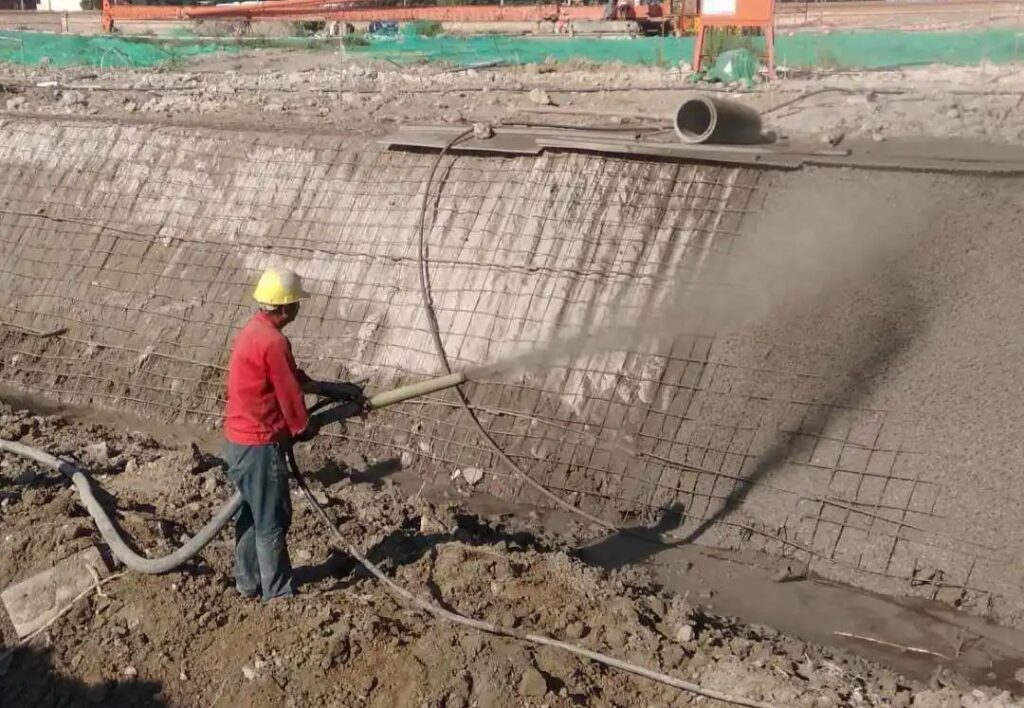Slope protection and support engineering are common construction projects in the fields of civil engineering and construction, aimed at protecting the stability and safety of structures such as slopes, excavations, and slopes. So, what is slope protection and support engineering? What is the difference between slope protection and support engineering? Let's take a look together below.

What is slope protection and support engineering?
Slope protection engineering is mainly used to prevent the slope from being damaged by natural factors such as water flow, weathering, and erosion. Vegetation slope protection, stone masonry slope protection, concrete slope protection, and other methods are usually adopted.
Support engineering is often used in construction scenarios such as deep foundation pits and underground engineering to ensure the stability of surrounding soil or rock mass and prevent collapse. Common forms of support include soil nail wall support, pile support, underground continuous wall support, anchor rod support, etc.
What is the difference between slope protection and support engineering?
The main differences between slope protection engineering and support engineering are as follows:
Difference 1: Different purposes:
The main purpose of slope protection engineering is to prevent the slope from being eroded and damaged by natural factors such as wind, rain, water flow, weathering, etc., in order to maintain the stability and aesthetics of the slope and reduce soil erosion.
The focus of support engineering is to provide support and reinforcement for underground structures, deep excavations, slopes, etc., to prevent soil or rock collapse, ensure safety during construction, and stabilize surrounding buildings and facilities.
Difference 2: Different application scenarios:
Slope protection engineering is often applied to naturally formed or artificially modified slopes such as road slopes, riverbanks, and mountain slopes.
Support engineering is mainly used for excavation surfaces and high and steep slopes of underground projects such as deep foundation pits, underground garages, tunnels, etc. in construction.
Difference 3: Different structural forms and technical means:
The common forms of slope protection engineering include vegetation slope protection, mortar rubble slope protection, concrete slope protection, lattice slope protection, etc., and the technology is relatively simple and direct.
The forms of support engineering are diverse and complex, such as soil nail walls, pile anchor support, underground continuous walls, internal support systems, etc., which usually require more precise design and construction.
Difference 4: Different force characteristics:
Slope protection engineering mainly bears the gravity of the slope surface itself and external natural forces (such as wind load, water flow impact, etc.).
Support engineering needs to withstand large loads such as lateral pressure of soil or rock mass, groundwater pressure, etc.
Difference 5: Different construction difficulty and cost:
Generally speaking, support engineering is difficult to construct due to its complexity and high requirements for safety, and the cost is relatively high; Slope protection engineering is relatively simple and cost-effective.




